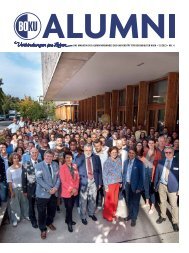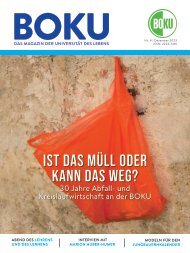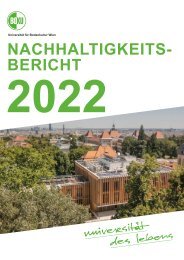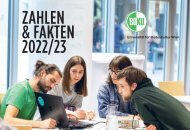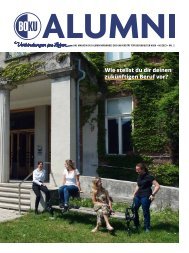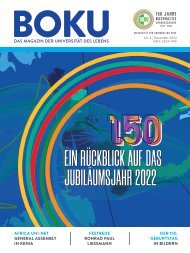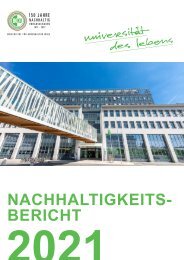EPICUR EDI Fundamentals
You also want an ePaper? Increase the reach of your titles
YUMPU automatically turns print PDFs into web optimized ePapers that Google loves.
In the context of educational institutions, we talk of diversity on 3 key levels:<br />
Personnel and students – for example (non-exhaustive list): how diverse the staff are: how the institution goes<br />
about hiring and including diverse staff in long term, well-paid, decision-making positions as well as with expertise<br />
on diverse parts of society; how accessible the workplace is to include diverse persons; how sensitive the<br />
institution to cultural diversity, how represented marginalised groups (i.e., hiring in ways which do not produce<br />
tokenism) are.<br />
Programming – for example (non-exhaustive list): how the curriculum reflects different parts and people from<br />
all over the world and includes all kinds of people and their ways of life; how do the institutions address forms<br />
of knowledge which are non-Eurocentric and which are not only scientific/technical/formally academic, i.e how<br />
programming makes way for alternative forms of teaching, learning and ideas of knowledge.<br />
Public – for example (non-exhaustive list): how the institution considers and includes its prospective public/<br />
audience, if there are ways for them to engage with the institution and how they can offer insight and feedback<br />
as well as thinking of ways the public (perhaps locally but also internationally) can benefit from the institution.<br />
Within those three areas we consider diversity to be a key foundation of our work and considerations as we strive<br />
towards a more diverse <strong>EPICUR</strong> via the diversity of its members.<br />
3.3. I is for Inclusion<br />
Inclusion is for <strong>EPICUR</strong> a process of increasing the participation of all people, students<br />
and staff, in education, work, and reducing their potential exclusion from higher education.<br />
The inclusive approach therefore goes beyond the question of access to education<br />
and working environment but (also) takes into account the differences of all people on a<br />
daily-basis during the educational process. Differences are based on ethnics, linguistics,<br />
cultural or religious background, gender, disability or particular abilities...<br />
These differences define diversity and should be taken into account to allow <strong>EPICUR</strong> to<br />
better meet the needs of everyone. Diversity is therefore a great asset, but also a great<br />
challenge: that of inclusion.<br />
Inclusive education is based on the principle of equity, which means giving everyone the resources they need<br />
to success.<br />
Adopting an inclusive approach means guaranteeing an education and working environment free of discriminatory<br />
behaviours or practices, allowing the expression of diversity and taking advantage of its richness.<br />
It means giving students and staff access to all the educational codes and expectations, adapting the studying<br />
and working environment for people with disability, removing barriers to learning (i.e. giving access to disciplinary<br />
English lexicon), favouring interactions between people of different educational and cultural backgrounds,<br />
questioning teaching and evaluation practices.<br />
For staff, it also means to address unconscious bias, questioning managerial practices and supporting underrepresented<br />
groups.<br />
Taking inclusion into consideration benefits to everyone.<br />
Page 6<br />
<strong>EDI</strong> FUNDAMENTALS FOR <strong>EPICUR</strong>



